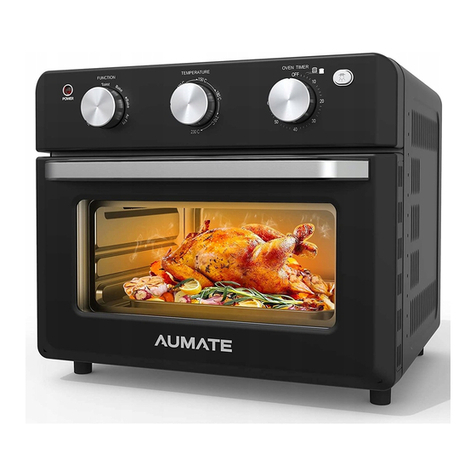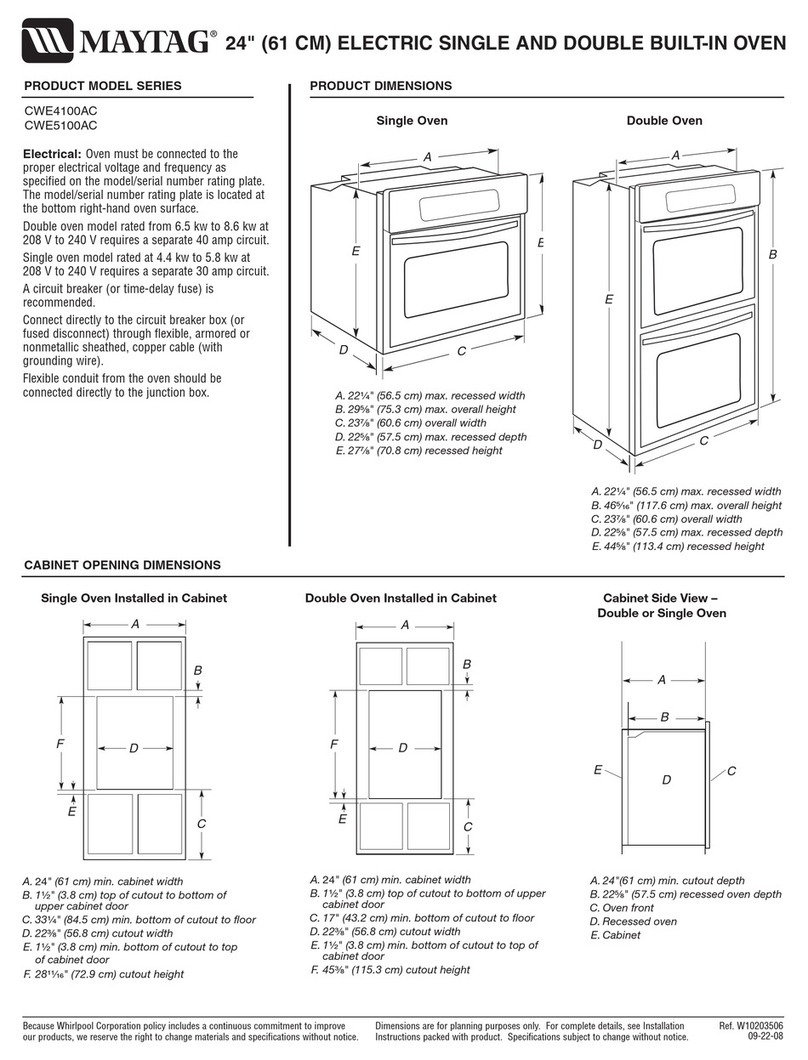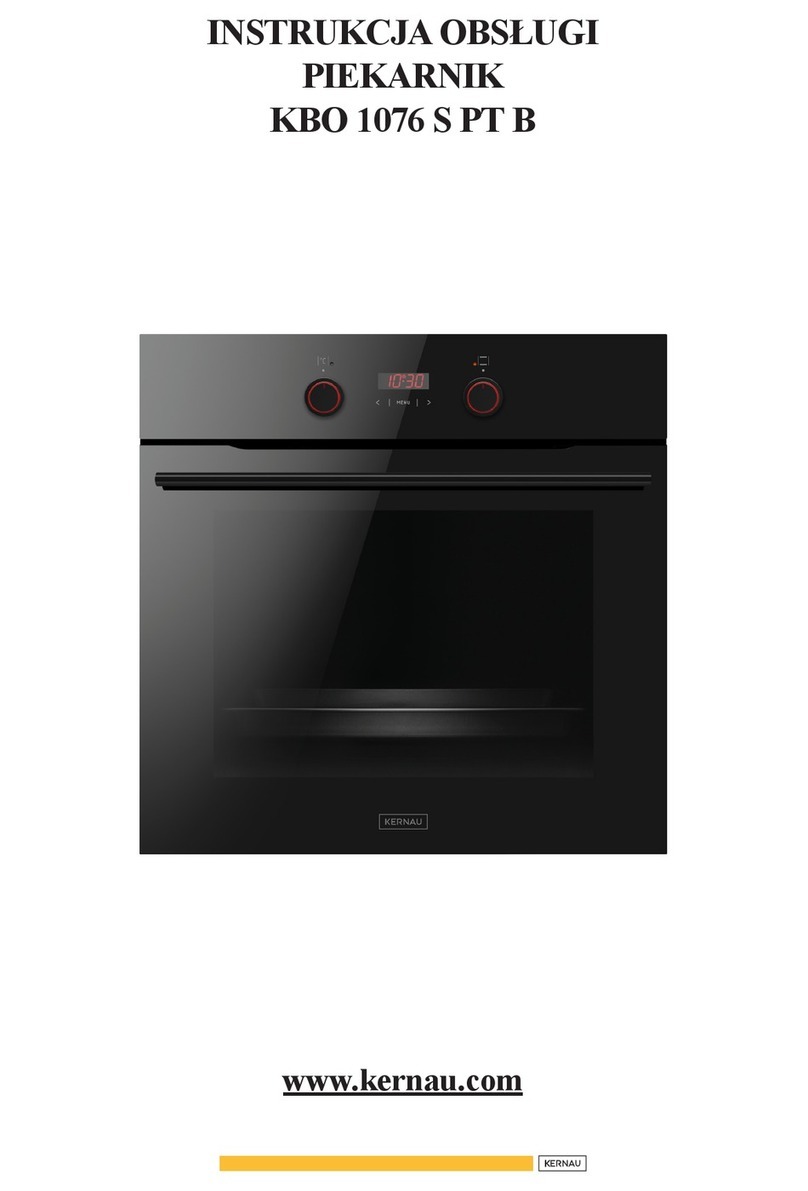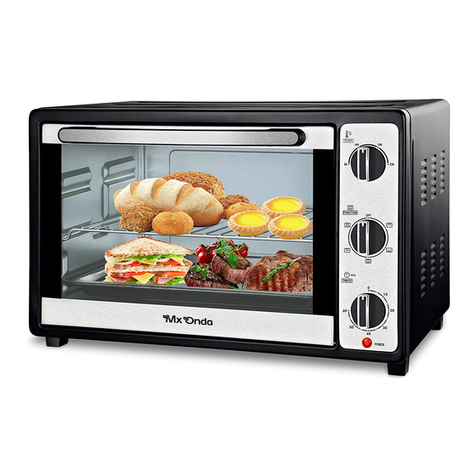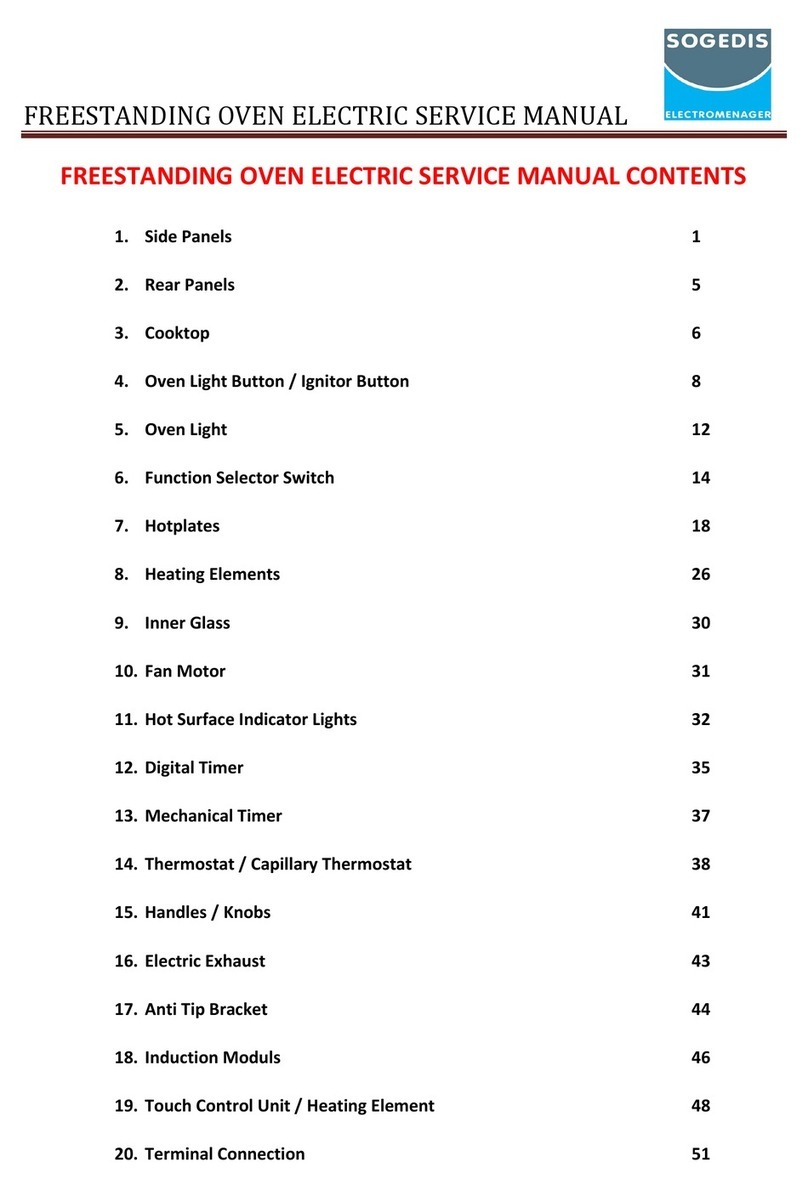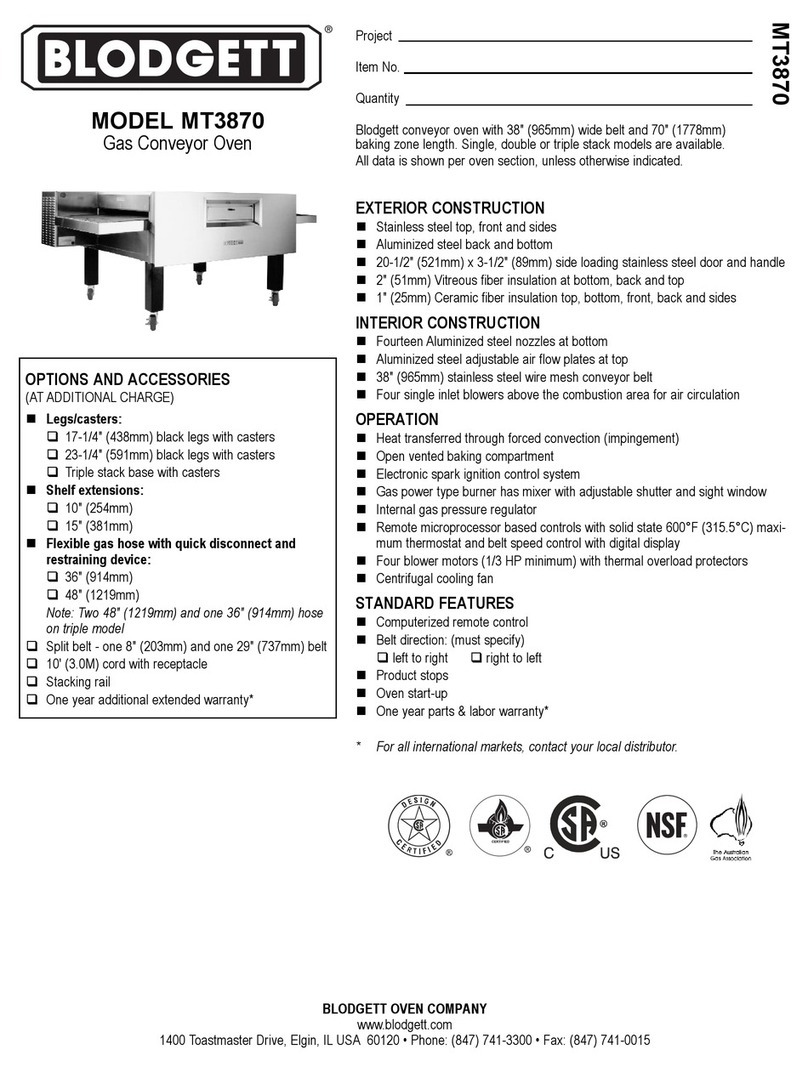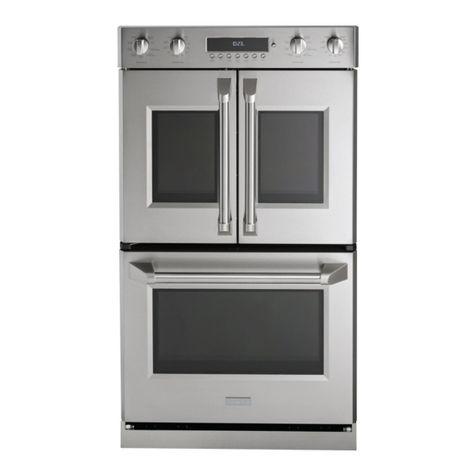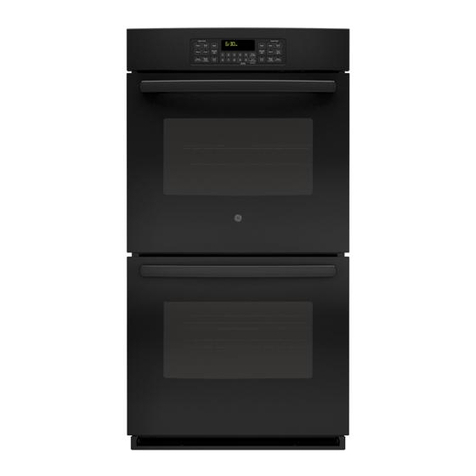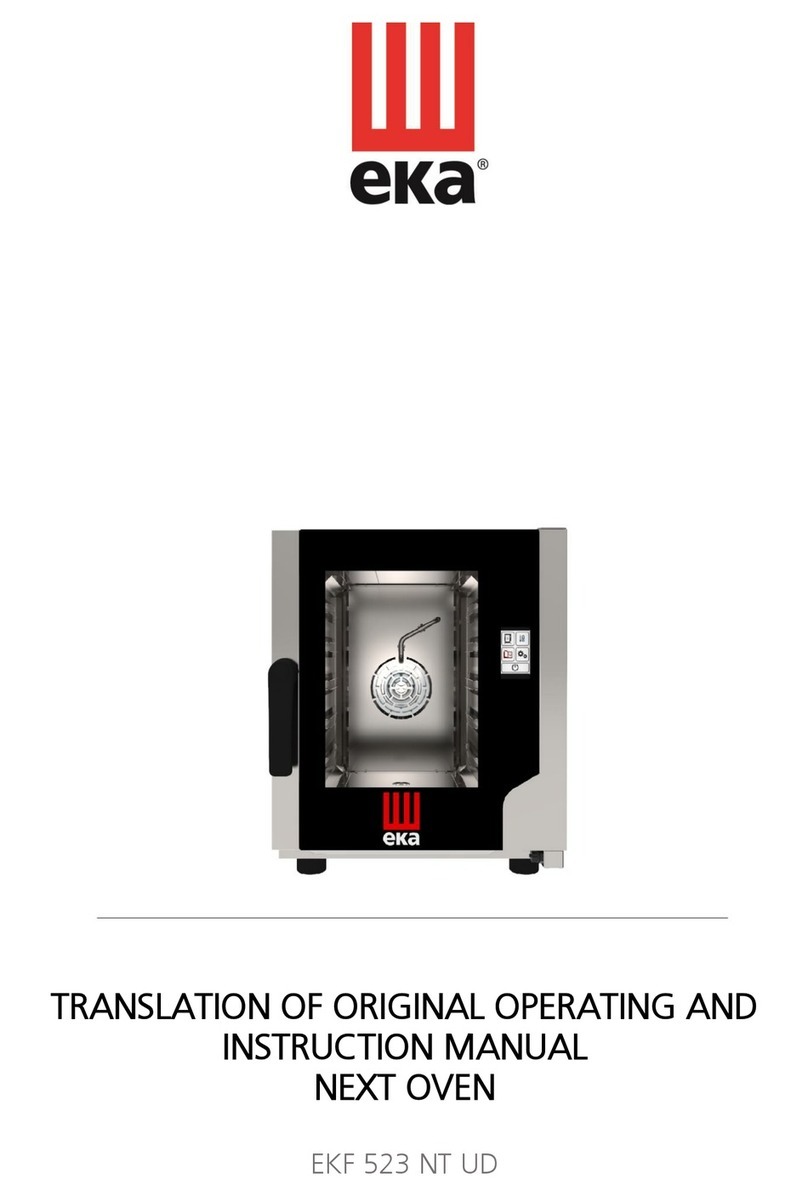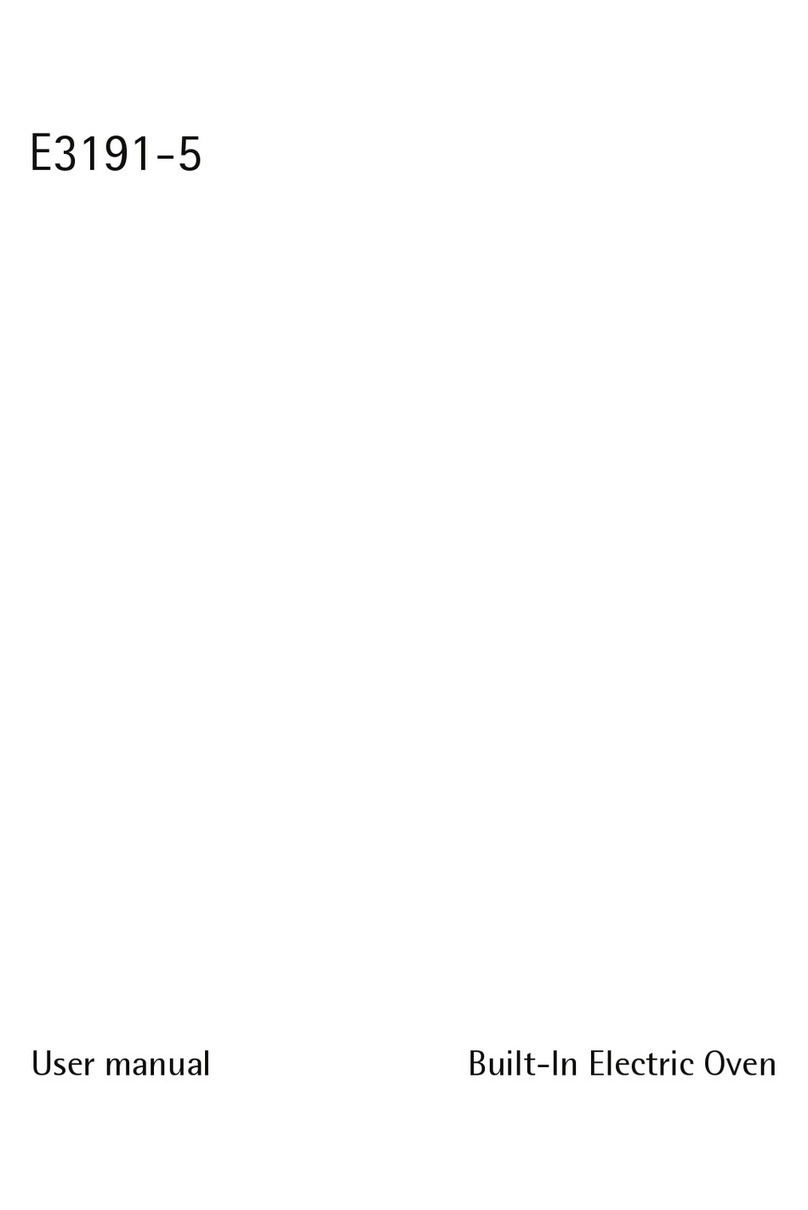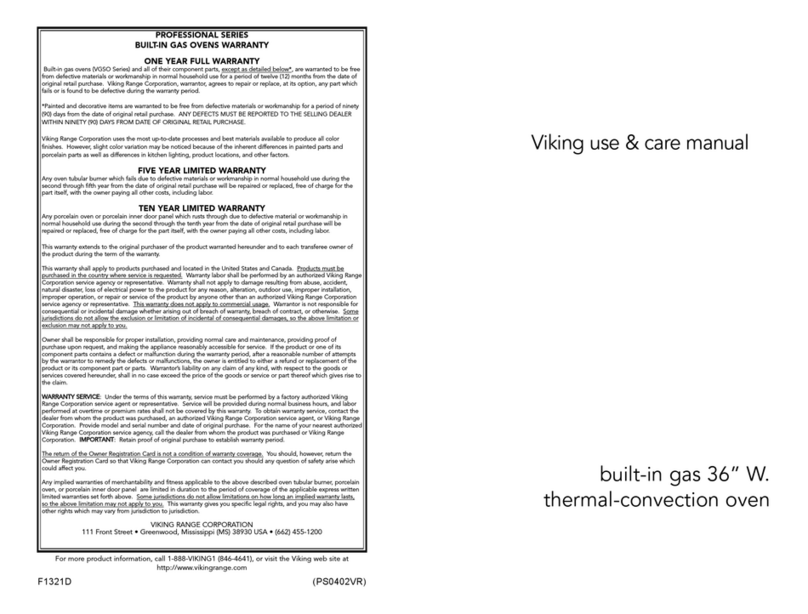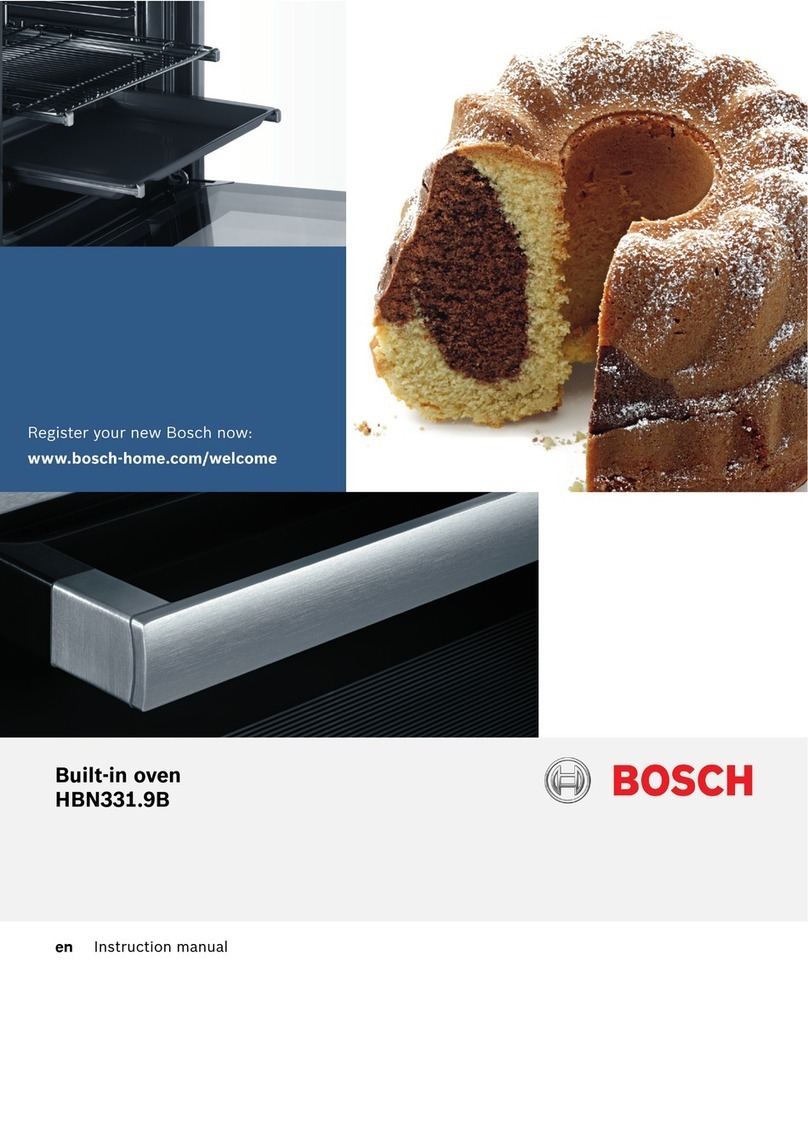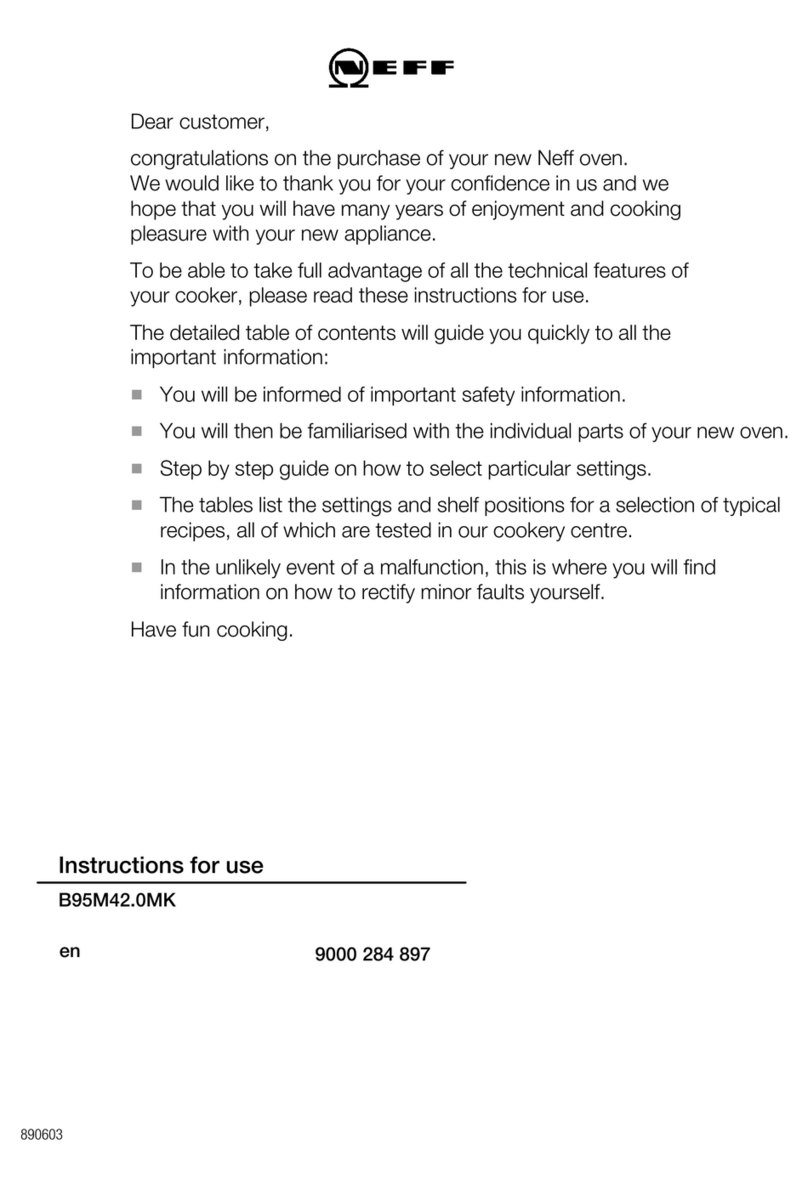
Contents
Table of Contents
iv VSM Oven Option User’s Manual, Rev. A3 Quantum Design
May 2011
CHAPTER 3
Preparing Samples for the VSM Oven.....................................................................................3-1
3.1 Introduction...................................................................................................................................3-1
3.2 Sample Properties .........................................................................................................................3-1
3.2.1 Size and Shape........................................................................................................................3-1
3.2.2 Composition ...........................................................................................................................3-1
3.3 Sample Mounting..........................................................................................................................3-2
CHAPTER 4
VSM Oven Measurements ........................................................................................................4-1
4.1 Introduction...................................................................................................................................4-1
4.2 Overview of VSM Oven Measurements.......................................................................................4-1
4.3 Installing a Sample........................................................................................................................4-2
4.3.1 Attach Sample and Measure Sample Offset...........................................................................4-2
4.3.2 Activate the VSM Option and the VSM Control Center........................................................4-2
4.3.3 Install the Sample...................................................................................................................4-2
4.4 Taking VSM Oven Measurements................................................................................................4-5
4.4.1 Touchdown Centering............................................................................................................4-5
4.4.2 Peak Vibration Amplitude......................................................................................................4-6
CHAPTER 5
VSM Oven Hardware................................................................................................................5-1
5.1 Introduction...................................................................................................................................5-1
5.2 VSM Oven Hardware Components ..............................................................................................5-1
5.2.1 VSM Oven Heater Stick.........................................................................................................5-1
5.2.2 Oven Sample Rod...................................................................................................................5-2
5.2.3 Wired Access Port..................................................................................................................5-3
5.3 VSM Oven Option User’s Kit.......................................................................................................5-4
5.3.1 Sample Mounting Platform....................................................................................................5-5
5.3.2 Copper-Foil Radiation Shields...............................................................................................5-6
5.4 VSM Oven Electronics.................................................................................................................5-6
5.4.1 Heater-Stick Connector..........................................................................................................5-6
5.4.2 Wired Access-Port Connector................................................................................................5-7
5.4.3 Oven-Control Cable ...............................................................................................................5-8
5.4.4 Model CM-C (VSM Oven Module).......................................................................................5-8
CHAPTER 6
VSM Oven Software..................................................................................................................6-1
6.1 Introduction...................................................................................................................................6-1
6.2 Using the VSM Oven for Measurements......................................................................................6-1
6.3 Changes Associated with the VSM Oven.....................................................................................6-1
6.3.1 Prevention of Overheating......................................................................................................6-1
6.3.2 Changes to Cryopump High-Vacuum Operations..................................................................6-2

